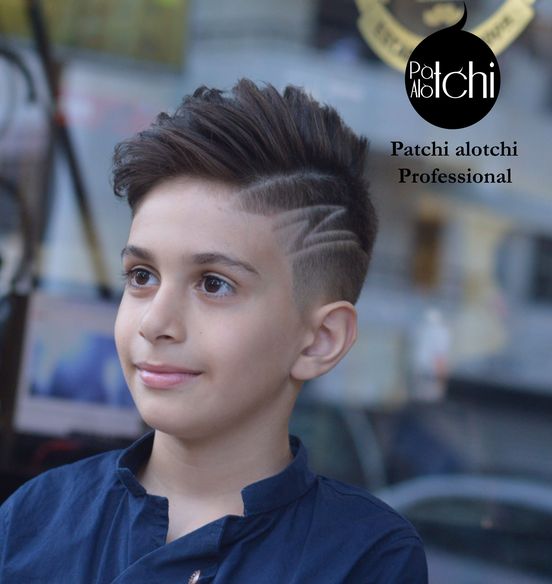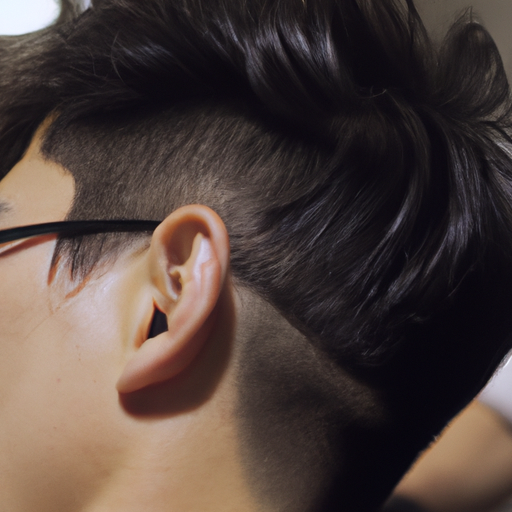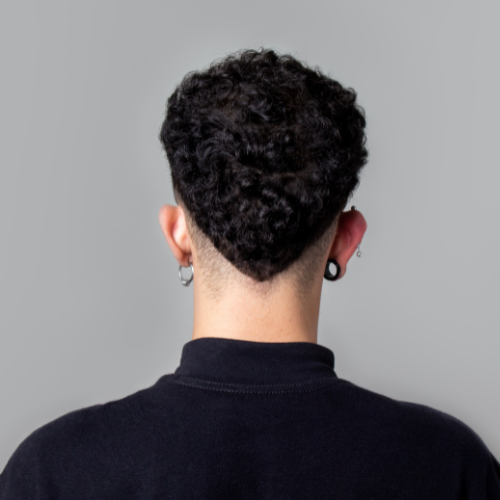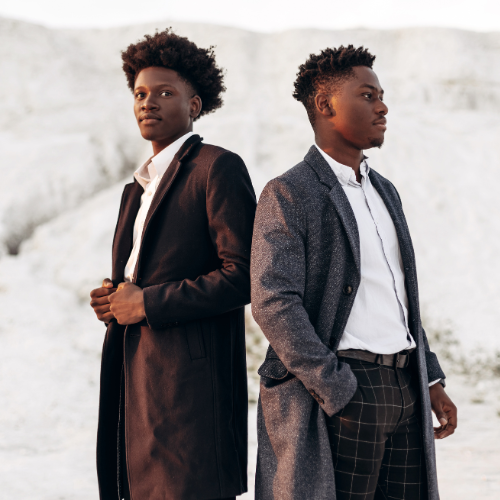Barber Shop History: From Classic Cuts to Modern Revival
Barber shops have been an integral part of men’s grooming and style for centuries. From classic cuts to the modern revival, these establishments have witnessed a rich and vibrant history that continues to shape the industry today. In this blog post, we will take a journey through time to explore the evolution of barbershop culture and its enduring legacy.
Historically, barbers were more than just hairdressers. They were skilled craftsmen who provided a range of services, including haircuts, shaves, beard trims, and even medical procedures. In ancient civilizations such as Egypt, Greece, and Rome, barbers held a prominent position in society. They were revered for their expertise in personal grooming and were often sought after by nobles and royalty.
The symbol of the barber profession, the iconic barber pole, has its roots in the Middle Ages. During this period, barbers not only cut hair but also performed bloodletting and other medical treatments. The barber pole’s red and white stripes represented blood and bandages, signifying their dual role as both barbers and surgeons.
In the 18th and 19th centuries, barber shops became popular social hubs where men would gather to converse, exchange news, and discuss matters of politics and culture. These establishments were seen as masculine sanctuaries, providing a space for men to escape the pressures of everyday life. The barber shop was more than just a place for grooming; it was a community center.
During this time, classic cuts and grooming techniques became synonymous with the barber profession. Straight razors, hot towel shaves, and meticulously styled hair were the hallmarks of a skilled barber. The barbers themselves were held in high regard, often seen as trusted confidants who provided not only grooming services but also advice and guidance.
As the 20th century dawned, the rise of electric clippers and the introduction of hairdressing salons threatened the dominance of barber shops. The popularity of shorter hairstyles among men led to a decline in traditional barbering techniques. However, despite these challenges, barber shops managed to adapt and survive.
The 1950s witnessed a resurgence of barbershop culture, fueled by the rise of rock ‘n’ roll and the rebellious spirit of youth. Greaser hairstyles, pompadours, and slicked-back looks became the rage, and barbershops experienced a renaissance. Men flocked to these establishments to get the latest styles and to immerse themselves in the vibrant subculture that surrounded barber shop aesthetics.
In recent years, there has been a renewed interest in classic barbering techniques and the nostalgic charm of traditional barber shops. The modern revival of barbershop culture can be attributed to a desire for authenticity and a return to craftsmanship. Men seek out barber shops not only for a haircut but for the entire experience – the warm towels, the invigorating shaves, and the camaraderie that comes with being part of a close-knit community.
Today, barber shops are more than just places to get a haircut; they have become cultural landmarks and symbols of timeless style. Barbers are respected professionals who continue to master their craft and adapt to changing trends. From trendy fades and undercuts to meticulously groomed beards and mustaches, barbers are skilled in a wide range of techniques to meet the diverse needs of their clients.
The resurgence of barbershop culture has also given rise to a new generation of barbers who blend traditional techniques with modern innovations. They embrace the artistry of their predecessors while incorporating contemporary styles and trends. The barber profession has become a fusion of old and new, honoring its rich history while pushing boundaries and exploring new horizons.
In conclusion, the history of barber shops is a fascinating tale of tradition, community, and resilience. From their origins as skilled craftsmen in ancient civilizations to their role as social hubs in the 18th and 19th centuries, barber shops have weathered the test of time. Despite challenges posed by changing fashion trends and the emergence of hairdressing salons, barber shops have managed to adapt, reinvent themselves, and recapture their rightful place in contemporary society.
Today, the modern revival of barbershop culture is evident in the growing number of establishments that pay homage to the traditions of the past. These establishments not only provide exceptional grooming services but also offer a unique experience that combines the art of barbering with a sense of community. Many barber shops now feature vintage-inspired decor, comfortable barber chairs, and an inviting atmosphere that transports patrons back in time.
One of the key factors driving the resurgence of barbershop culture is the desire for an authentic and personalized grooming experience. In an era of mass-produced and impersonal services, men are seeking a return to the traditional values of craftsmanship and individual attention. Barbers take the time to understand their clients’ preferences, offering personalized consultations and tailoring their services to suit each individual’s unique style.
Another aspect that sets barber shops apart is the emphasis on the ritualistic nature of grooming. The hot towel shaves, the meticulous attention to detail, and the artistry displayed in creating precise haircuts all contribute to an experience that goes beyond a simple transaction. Visiting a barber shop is a sensory journey, where the scent of aftershave, the sound of clippers, and the expert touch of a skilled barber combine to create a memorable and rejuvenating experience.
Furthermore, barber shops foster a sense of camaraderie and community among their patrons. The barbershop has long been a gathering place for men, a space where they can relax, share stories, and connect with one another. The conversations that take place in barber shops are as diverse as the hairstyles they offer, ranging from sports and politics to personal anecdotes and advice. It is this sense of connection and belonging that sets barber shops apart from other grooming establishments.
The resurgence of barbershop culture has also brought about a renewed appreciation for the artistry and skill of barbers. Barbering is not merely a job but a craft that requires years of practice and dedication to master. Barbers undergo rigorous training, often starting as apprentices and honing their skills under the guidance of experienced professionals. This commitment to excellence is evident in the quality of their work, as they strive to create precision cuts, clean shaves, and well-groomed styles that enhance the natural features of their clients.
Moreover, barber shops have become bastions of individuality and self-expression. While they honor the timeless techniques of classic cuts, barbers also embrace modern trends and adapt their skills to cater to a wide range of styles and preferences. From intricate beard designs to contemporary hairstyles, barbers are versatile artists who can transform their clients’ appearances and boost their confidence.
In conclusion, the history of barber shops is a testament to their enduring appeal and significance. From their origins as skilled craftsmen in ancient times to their evolution into cultural icons, barber shops have navigated the ever-changing tides of fashion and society. Today, they continue to thrive by combining the best of tradition and innovation, offering an authentic and personalized grooming experience while fostering a sense of community. Barber shops are not just places to get a haircut; they are places where memories are made, stories are shared, and a timeless art form is celebrated.

Opening Times
Monday – Friday
10AM – 6:30PM
Saturday
10AM – 5PM
Sunday
10AM – 4PM
Contact Details
Patchi Alotchi
5 N Broad St,
Ridgewood, NJ 07450




